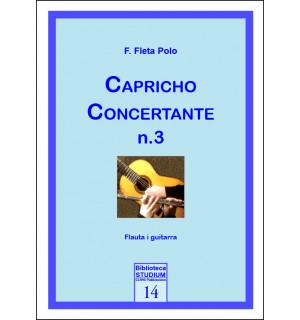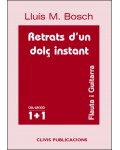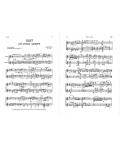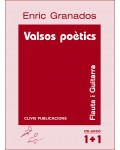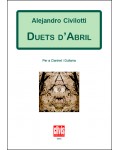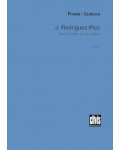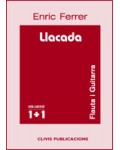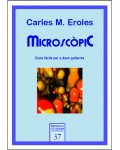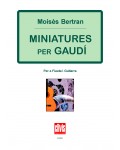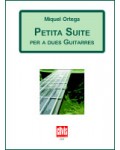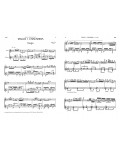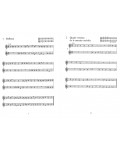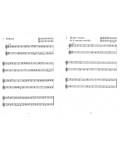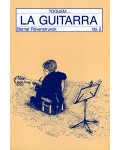
No products
Prices are tax included
Product successfully added to your shopping cart
There are 0 items in your cart. There is 1 item in your cart.
- English
- Castellano
- Català
Capricho concertante núm. 3 (1987)
DS014
Capricho concertante no. 3 is a two-movement piece for flute and guitar. In this work, the order of the factors does not change the product, since both instruments are given the same concertante treatment, without giving either instrument prevalence over the other.
| Period | 20th c. |
| Instruments | fl.guit. |
| Pages | 20 |
| Time | 8 min |
| Contents | score |
| ISMN | 979-0-3502-0592-7 |
| Price of print edition | 15€ |
| Edition | Digital |
Francisco Fleta’s large chamber music production contains various works called Capricho, all of them with the same motivation: they are works written from top to bottom, as they come out, aspiring to nothing more than meeting the composer’s need to make music for the set of instruments before him and, above all, to please the musicians for whom it is written.
Capricho concertante no. 3 is a two-movement piece for flute and guitar. In this work, the order of the factors does not change the product, since both instruments are given the same concertante treatment, without giving either instrument prevalence over the other. The flautist is required to produce a series of flute-specific resources (broad tone, staccatos, frullatos, legatos...) which border on virtuosism. The same applies to the guitar score, which gives the string instrument a very melodic treatment.
Although the first movement (Andante) consists mainly of an accompanied tune, the impressionist atmosphere and contrasting dynamics require intensive work from the other instruments. The second movement (Allegro moderato) is based on a theme on the bass instruments which lends unity to a piece which clearly shows the personality of Fleta’s language and his profound knowledge of the different instruments for which he writes.

